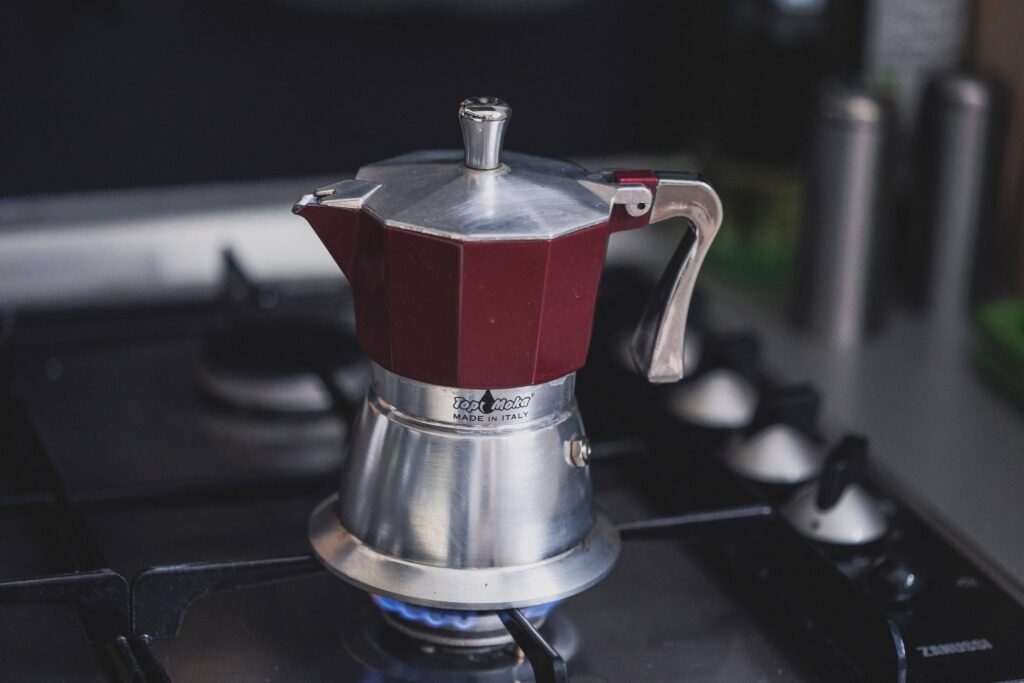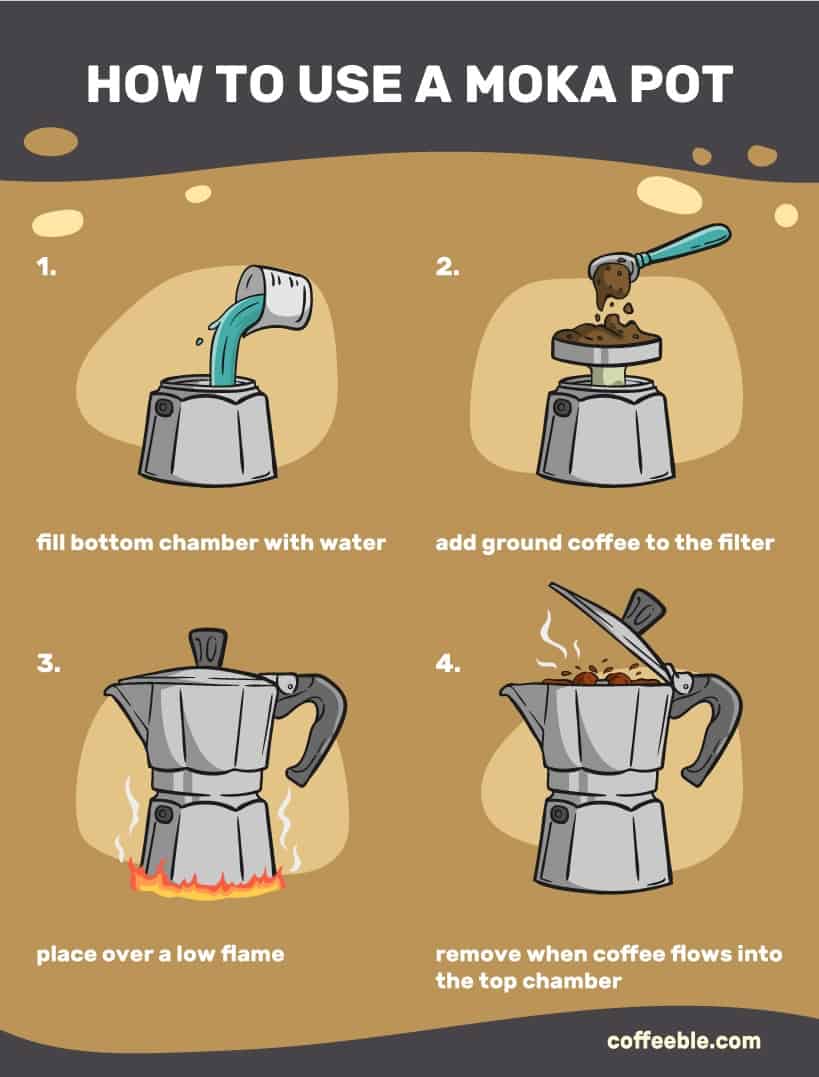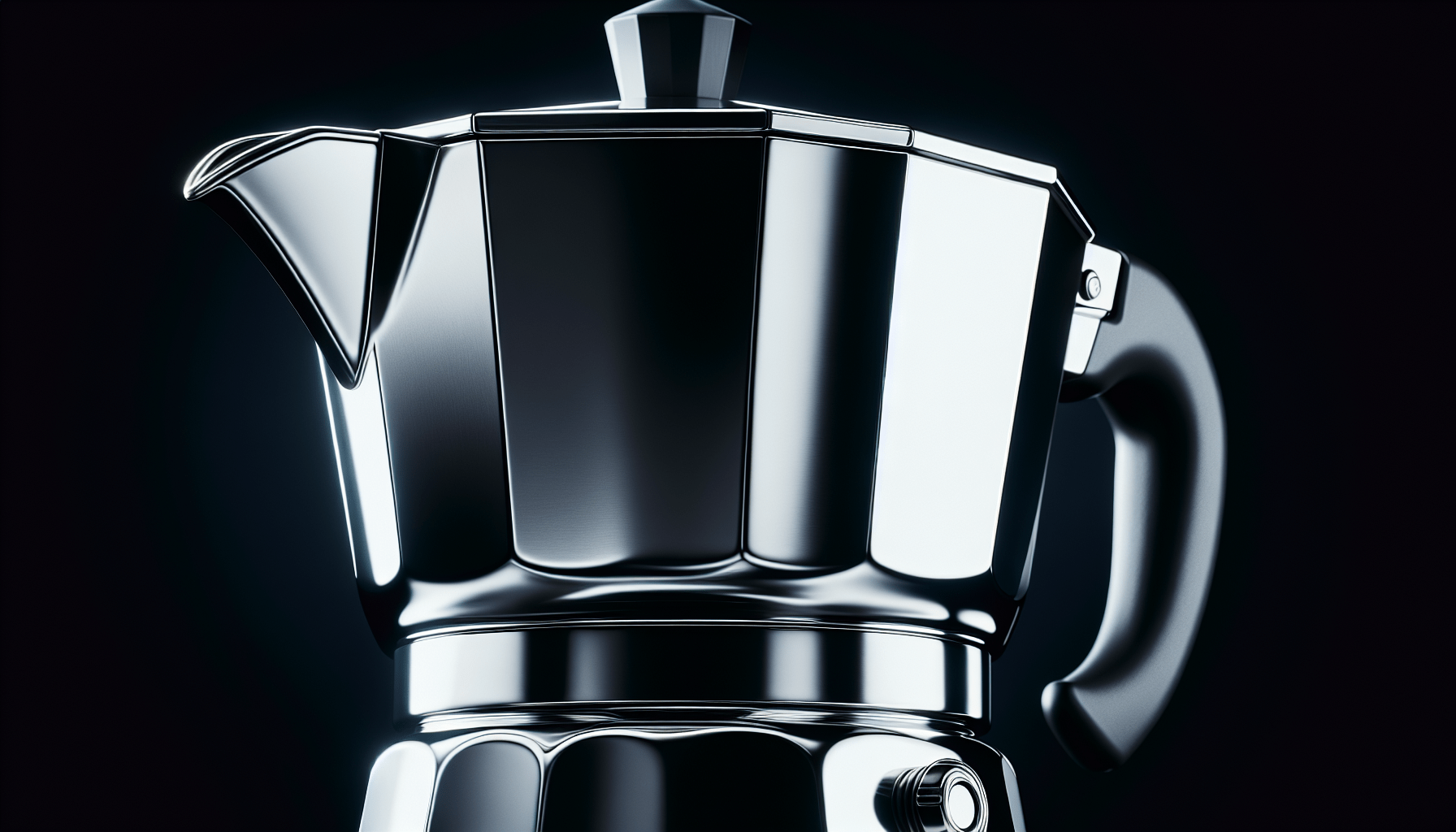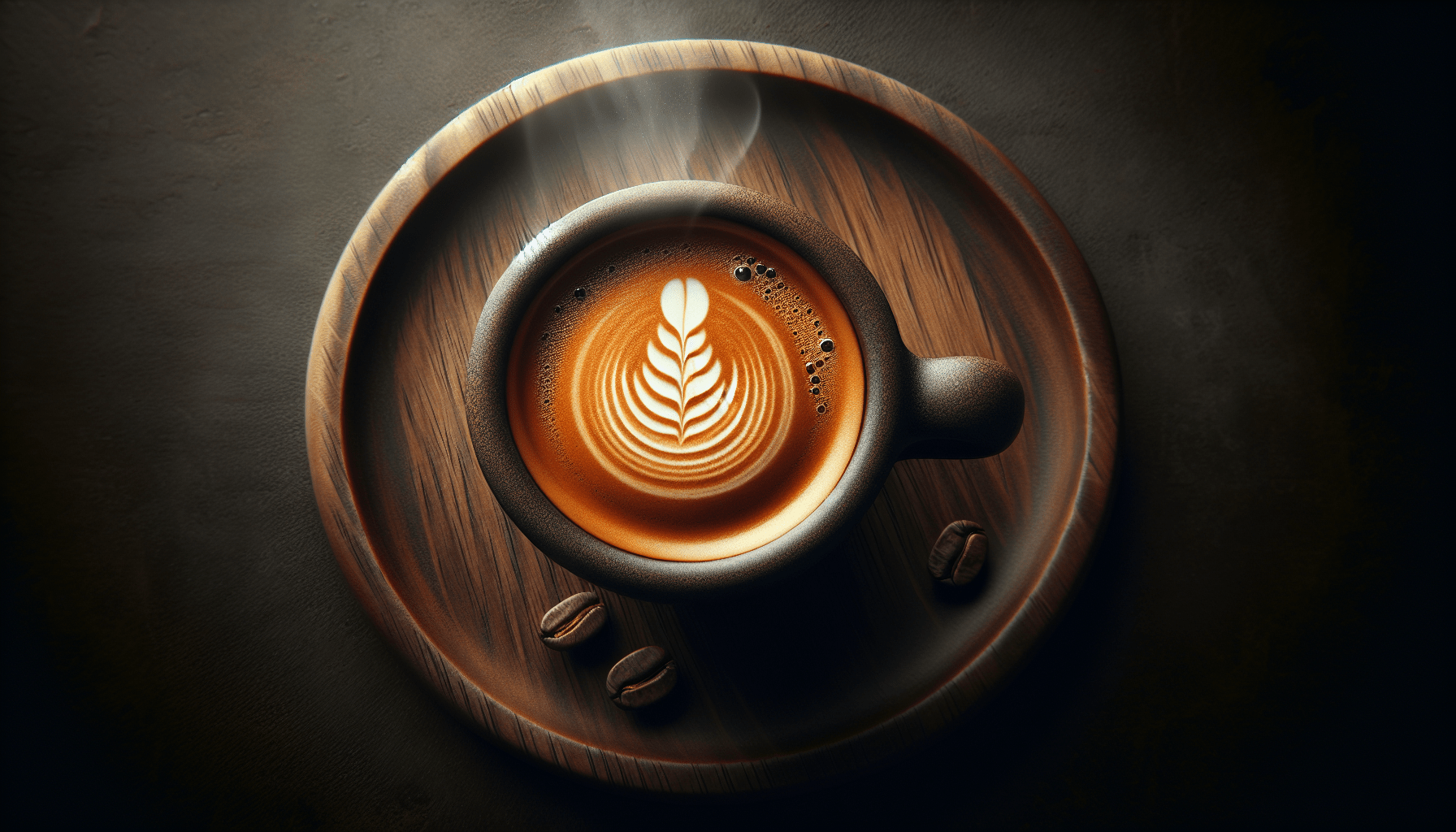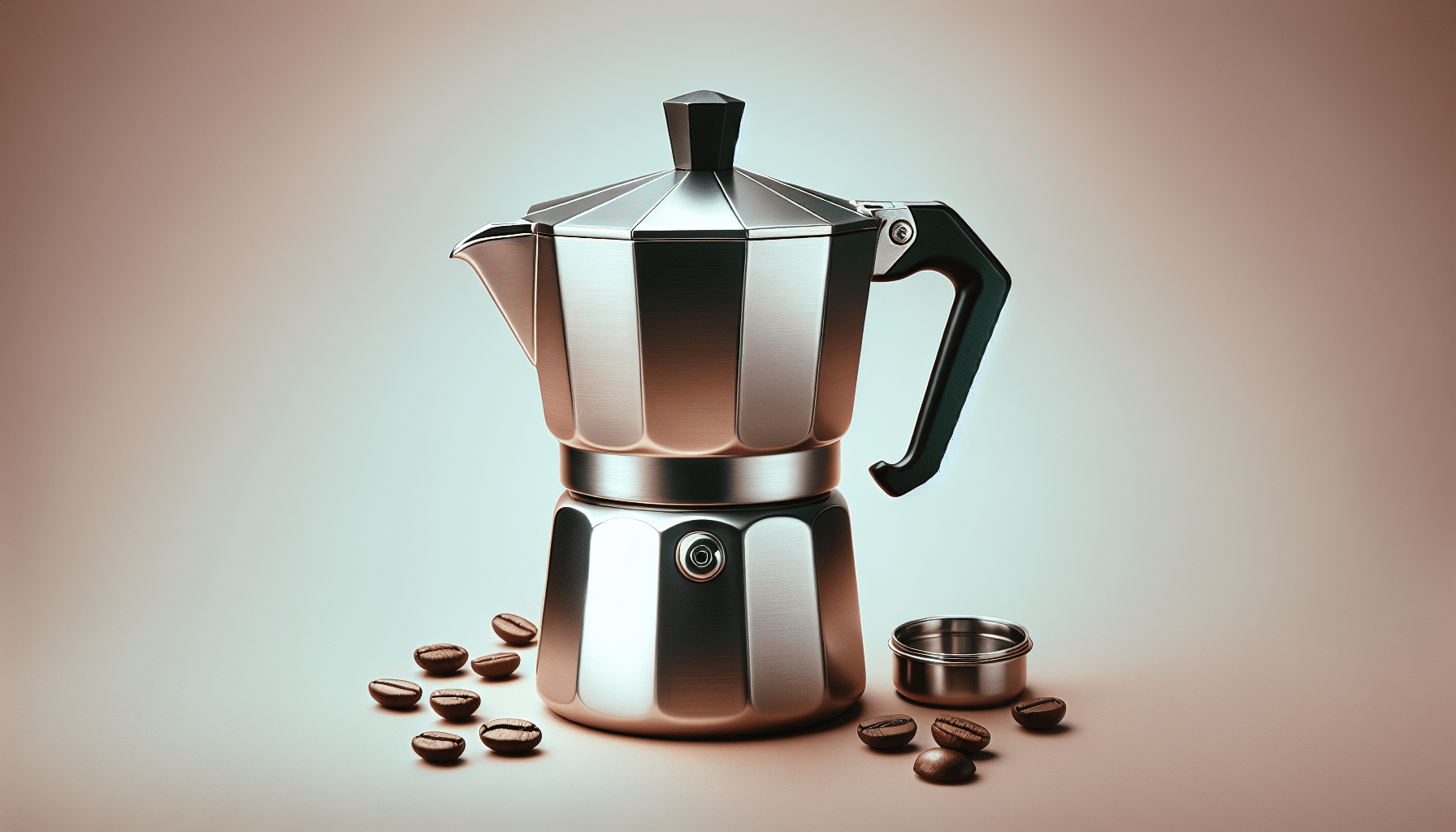If you’re a coffee lover and own a stovetop espresso maker, you may wonder if it’s possible to adjust the extraction time to enhance the flavor of your brew. Luckily, the answer is yes! With a few simple techniques, you can control the extraction time and ultimately enjoy a perfectly tailored cup of espresso. In this article, we will explore the various methods you can use to adjust the extraction time with your stovetop espresso maker, giving you the knowledge to elevate your coffee experience at home.
The Basics of Stovetop Espresso
Stovetop espresso makers, also known as moka pots, offer a convenient and affordable way to make espresso-like coffee at home. These compact devices are designed to be used on the stovetop, utilizing steam pressure to brew a strong and flavorful cup of coffee. If you’re a coffee lover who enjoys the rich taste of espresso but doesn’t want to invest in a bulky and expensive espresso machine, a stovetop espresso maker is the perfect solution.
How Stovetop Espresso Makers Work
Stovetop espresso makers consist of three main components: a bottom chamber for water, a middle chamber for ground coffee, and a top chamber for the brewed coffee. The process begins by filling the bottom chamber with water and placing the middle chamber on top, which is filled with finely ground coffee. As the water heats up on the stovetop, steam is generated, creating pressure within the bottom chamber. This pressure forces the hot water to rise through the coffee grounds in the middle chamber and eventually into the top chamber, where the brewed coffee collects. The result is a concentrated and aromatic shot of coffee with a velvety crema on top, resembling traditional espresso.
Key Components of a Stovetop Espresso Maker
To understand how extraction time can be adjusted with a stovetop espresso maker, it’s important to become familiar with its key components. The bottom chamber, also known as the water reservoir, holds the water that will be heated. The middle chamber, called the coffee basket, is where the finely ground coffee is placed. It usually has a perforated disk or filter to separate the water from the coffee grounds. Lastly, the top chamber, known as the coffee chamber or collection chamber, is where the brewed coffee accumulates. Each of these components plays a crucial role in achieving the desired extraction time and flavor profile.
Why Adjusting Extraction Time Matters
Extraction time refers to the duration it takes for the water to pass through the coffee grounds and collect in the top chamber. Adjusting the extraction time can significantly impact the flavor and strength of the coffee produced by a stovetop espresso maker. By controlling this parameter, you can customize your coffee to suit your personal preferences, ensuring a delicious and satisfying cup every time.
Importance of Extraction Time in Espresso Making
The extraction time influences the overall taste of the coffee. If the extraction time is too short, the resulting coffee may appear weak, lacking in flavor and body. Conversely, if the extraction time is too long, the coffee can become over-extracted, resulting in a bitter and unpleasant taste. Adjusting extraction time allows you to find the sweet spot where the flavors and aromas of the coffee are at their peak, providing a balance of strength, richness, and complexity.
Effects of Extraction Time on Flavor and Strength
When the brewing process is executed correctly, the extraction time affects both the flavor profile and the strength of the coffee. A shorter extraction time tends to produce a milder and more delicate cup of coffee, with brighter acidity and lighter body. On the other hand, a longer extraction time results in a bolder and more robust coffee, with more pronounced flavors and a fuller body. By adjusting the extraction time, you can tailor your coffee to match your preferences, whether you prefer a subtle and nuanced brew or a bold and robust espresso-like cup.
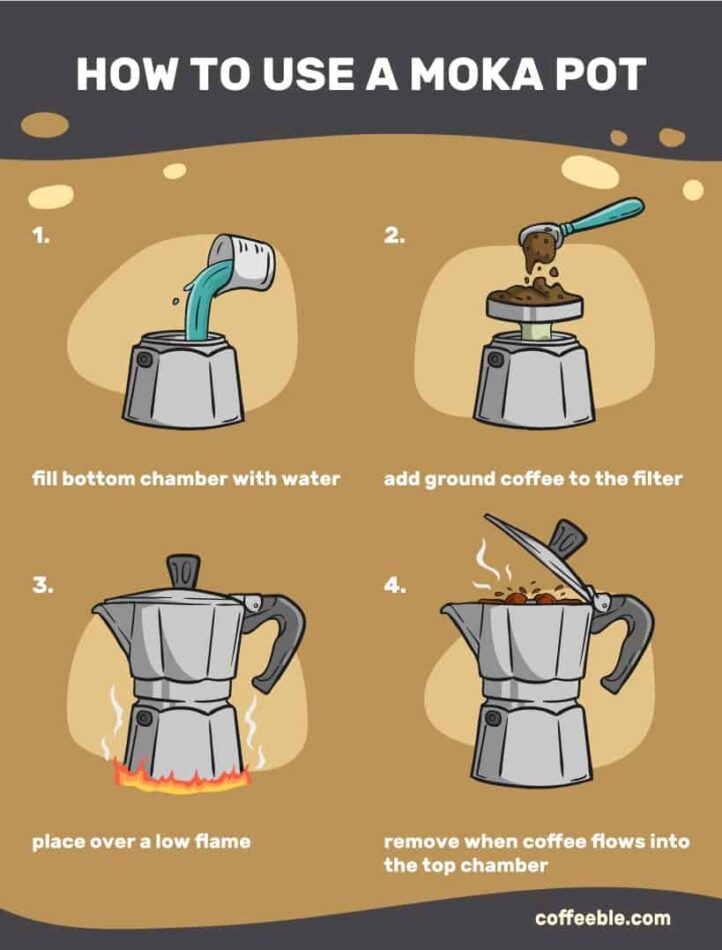
Factors Affecting Extraction Time
Several variables influence the extraction time when using a stovetop espresso maker. Being aware of these factors and understanding their impact is vital in achieving the desired taste and strength of your coffee.
Grind Size
The size of the coffee grounds is crucial in controlling the extraction time. Finer grounds tend to increase the extraction rate, as they expose more surface area, allowing water to flow through more quickly. Conversely, coarser grounds slow down the extraction process, resulting in a longer brew time. Experimenting with grind sizes can help you find the optimal balance between extraction time and flavor intensity.
Water Temperature
The temperature of the water used during brewing significantly affects the extraction time. Higher water temperatures extract the flavors from the coffee beans more rapidly, thus shortening the extraction time. Conversely, lower water temperatures prolong the extraction process, resulting in a slower brew time. Adjusting the stovetop heat and monitoring the water temperature allows you to fine-tune the extraction time and achieve the desired flavor profile.
Coffee-to-Water Ratio
The ratio of coffee to water in your brewing recipe plays a crucial role in controlling the extraction time. Increasing the amount of coffee in proportion to the water will result in a more concentrated brew, shortening the extraction time. Conversely, decreasing the coffee-to-water ratio will yield a milder brew with a longer extraction time. Experimenting with different ratios allows you to find the perfect balance for your preferred taste and strength.
Methods to Adjust Extraction Time
To adjust the extraction time with a stovetop espresso maker, you can manipulate various variables such as the grind size, water temperature, and coffee-to-water ratio. By making small adjustments to these factors, you can fine-tune the brewing process and achieve the desired extraction time for your perfect cup of coffee.
Coarser or Finer Grind
To shorten the extraction time, you can use a coarser grind. Coarser grounds slow down the water flow, extending the brewing process. Conversely, a finer grind will increase the extraction rate, resulting in a shorter extraction time. Experiment with different grind sizes to find your preferred balance of flavor and extraction time.
Controlling Water Temperature
Adjusting the water temperature during brewing also allows you to modify the extraction time. Increasing the heat on the stovetop will raise the water temperature, resulting in a shorter extraction time. Conversely, reducing the heat will lower the water temperature, prolonging the extraction time. Keep in mind that excessively high temperatures can lead to a bitter taste, so it’s important to adjust the heat carefully.
Changing Coffee-to-Water Ratio
The coffee-to-water ratio is another variable that can be adjusted to control the extraction time. If you desire a shorter extraction time, increase the amount of coffee used in proportion to the water. On the other hand, if a longer extraction time is preferred, decrease the amount of coffee. Finding the right balance of coffee and water allows you to achieve the perfect extraction time for your taste preferences.
Coarser or Finer Grind
The size of the coffee grounds has a significant impact on the extraction time when using a stovetop espresso maker. The grind size can be adjusted to control the rate at which the water passes through the grounds and extracts the desired flavors.
Impact of Grind Size on Extraction Time
A coarser grind slows down the extraction process, resulting in a longer extraction time. This is because larger particles create more resistance to the water flow, allowing the flavors to be extracted gradually. On the other hand, a finer grind increases the extraction rate, resulting in a shorter brew time. Finer grounds offer less resistance, allowing the water to pass through more quickly and extract flavors more rapidly.
How to Adjust Grind Size for Extraction Time
If you find that your coffee is over-extracted and tastes bitter, try using a coarser grind. This will slow down the extraction process, allowing for a milder and more balanced cup. On the other hand, if your coffee lacks flavor and appears weak, try using a finer grind. With a finer grind, more flavors will be extracted within a shorter period, resulting in a more intense and robust cup of coffee. Experiment with different grind sizes until you find the perfect balance of flavor and extraction time that suits your preferences.
Controlling Water Temperature
The water temperature plays a crucial role in determining the extraction time and overall taste of the coffee. By controlling the water temperature during brewing, you can adjust the extraction time to achieve the desired flavors.
Importance of Water Temperature in Extraction Time
Higher water temperatures accelerate the extraction process, resulting in a shorter brew time. The heat helps extract the flavors from the coffee grounds more rapidly, leading to a bolder and more intense cup. However, excessively high temperatures can also lead to a bitter taste. On the other hand, lower water temperatures slow down the extraction process, resulting in a longer extraction time. This can provide a milder and more delicate cup of coffee. Adjusting the water temperature is crucial in finding the perfect balance between extraction time and taste.
Ways to Control Water Temperature with Stovetop Espresso Maker
To control the water temperature with a stovetop espresso maker, you can adjust the heat on your stovetop. Increasing the heat will raise the water temperature, shortening the extraction time. Conversely, reducing the heat will lower the water temperature, prolonging the extraction time. It’s important to find the right balance and avoid excessively high temperatures, as they can lead to a bitter taste. Experiment with different heat settings to achieve the optimal water temperature for your desired extraction time and flavor profile.
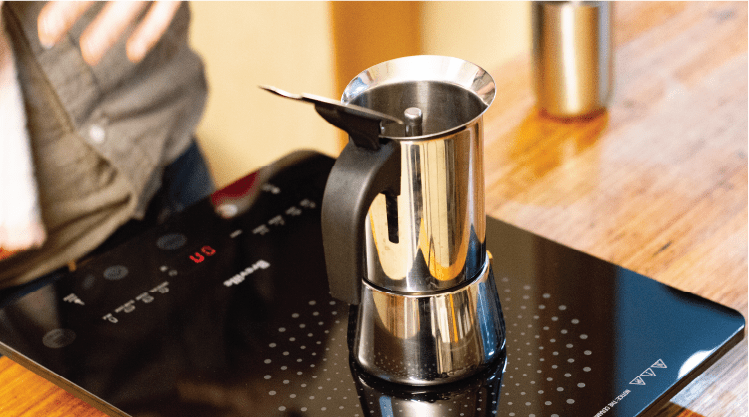
Changing Coffee-to-Water Ratio
The coffee-to-water ratio is an essential factor in determining the extraction time and the strength of your coffee. Adjusting the ratio allows you to control the concentration of flavors and tailor the extraction time to your preferences.
Effect of Coffee-to-Water Ratio on Extraction Time
Increasing the amount of coffee in proportion to the water will result in a more concentrated brew and a shorter extraction time. This is because a higher concentration of coffee grounds accelerates the extraction process. On the other hand, decreasing the coffee-to-water ratio will yield a milder brew with a longer extraction time. With less coffee, the extraction process slows down, allowing for a gentler extraction of flavors.
Adjusting Coffee-to-Water Ratio for Desired Extraction Time
To achieve a shorter extraction time, increase the amount of coffee used in your brewing recipe. This can be done by adding more coffee grounds or reducing the amount of water used. On the other hand, to extend the extraction time, decrease the coffee-to-water ratio by using less coffee or adding more water. Finding the optimal balance between coffee and water allows you to control the extraction time and customize your coffee to your taste preferences.
Experimenting with Extraction Time
To truly understand the impact of extraction time on the flavor and strength of your coffee, it’s important to experiment and make adjustments based on your preferences. Keep track of your brewing techniques and take note of the extraction time for each cup.
Keeping Notes on Extraction Time
Maintaining a record of the extraction time, along with the accompanying grind size, water temperature, and coffee-to-water ratio, will help you identify patterns and determine your preferred brewing method. By making small adjustments to these variables with each brewing session, you can narrow down your preferences and find the ideal extraction time for your perfect cup of coffee.
Tasting and Assessing the Results
Tasting your coffee and assessing the results is an essential step in the process of adjusting extraction time. Pay attention to the flavors, aroma, and overall balance of each cup. If your coffee tastes too bitter or lacks flavor, consider adjusting the extraction time accordingly. Experiment with shorter or longer brew times to find the perfect extraction time that brings out the best qualities in your coffee beans.
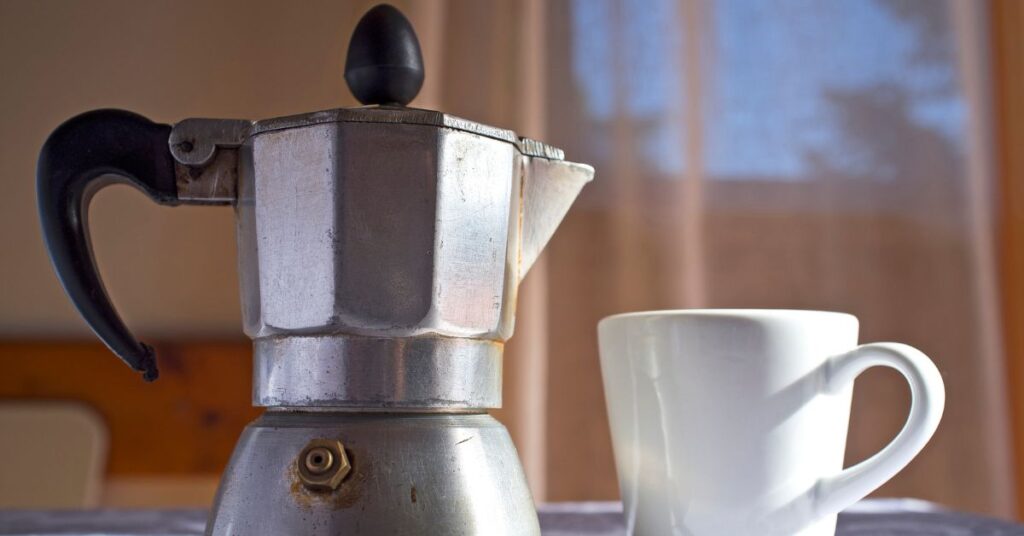
Learning from Experience
Through experimentation and practice, you’ll develop a better understanding of your stovetop espresso maker and your personal preferences regarding extraction time. Fine-tuning the process based on your own taste preferences is the key to consistently brewing delicious coffee.
Fine-tuning the Extraction Time
As you become more familiar with your stovetop espresso maker, you’ll be able to fine-tune the extraction time to achieve your desired taste and strength. By adjusting the variables such as grind size, water temperature, and coffee-to-water ratio, you can customize your brewing method and create a consistently exceptional cup of coffee.
Developing Personal Preferences
Each individual has specific preferences when it comes to coffee. By experimenting and adjusting the extraction time, you’ll have the opportunity to develop your own personal preferences in terms of flavor, aroma, and strength. This journey of exploration and discovery is part of the joy of making espresso with a stovetop espresso maker.
Final Thoughts
Stovetop espresso makers offer a versatile and affordable way to enjoy the flavors and aromas of espresso-like coffee from the comfort of your own home. By understanding the basics of how these devices work and the key components involved, you can adjust the extraction time to achieve your desired taste and strength. Experimenting with variables such as grind size, water temperature, and coffee-to-water ratio allows you to customize the brewing process and create a cup of coffee that perfectly suits your preferences. With practice, you’ll develop a better understanding of the extraction time that brings out the best qualities in your coffee beans, ensuring a satisfying and flavorful cup every time. Embrace the journey of espresso making with your stovetop espresso maker and enjoy the endless possibilities of creating your own unique coffee experience.
